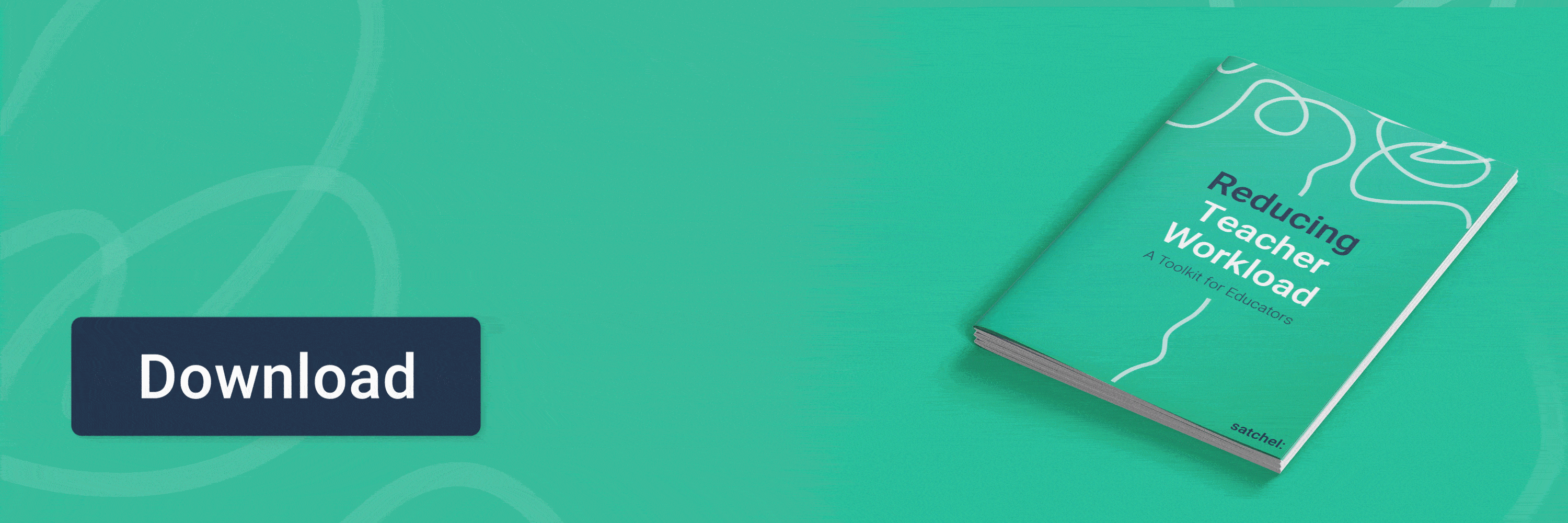Author: Ben Greenwood
Posted: 16 Oct 2019
Estimated time to read: 3 mins
Behaviour has a huge impact on teacher wellbeing. Over a quarter of teachers’ mental health issues are caused by student behaviour, forcing 70% to consider leaving the profession.
In fact, almost 20% of new teachers leave within 5 years of joining the workforce, a worrying statistic in the midst of the worsening retention crisis. Reducing teacher workload, especially that related to behaviour, is a crucial step in tackling this crisis.
What causes behavioural issues at school?
Bad behaviour can be caused by a number of things, from SEND conditions to family problems. It’s always important to keep an open mind when dealing with challenging behaviour, no matter how disruptive it is, as it might not be immediately clear that the student is struggling with something.

5 reasons for disruptive behaviour in class might include:
- ADHD or Dyslexia
Specific learning difficulties or other conditions can affect a student’s ability to focus for extended periods of time. Ensure that you cater to the needs of dyslexic, ADHD and SEND students for lower disruption levels by introducing dyslexia friendly worksheets and shorter tasks that will hold students’ concentration.
- Work that is too easy or too difficult
Sometimes students will disrupt class because they aren’t able to complete work or because they aren’t being stimulated by it. Tackle this problem by encouraging students to ask for help or further work. Consider introducing differentiated class work if your class contains students of varying ability.
- Problems at home
There may be issues at home, in the student’s family life that are causing them to misbehave. It’s best to check with parents and other teachers to see if there’s anything staff should know about before addressing classroom behaviour. If things are getting out of control, contact parents and arrange to meet and discuss a plan of action to ensure the student does not miss out on valuable learning time.
- Insecurities
Students sometimes express insecurity by trying to gain the favour of the class. They might act out to the class in general or target teaching staff. One way of tackling this behaviour is by having more expressive tasks in lessons (such as presentations or group work) for them to channel their energy. Consider talking to these students outside of lesson and see if they require any further help.
- Learning environment
Sometimes a change of room or a temporary learning space can cause students to misbehave. Try to maintain a level of consistency with normal lessons by running through the same warm ups and introductions to show students that they are still in class and are still expected to display the same good behaviour as usual.
How to deal with challenging behaviour in the classroom
Bad behaviour in the classroom can be difficult to tackle. Thankfully there’s a number of tried and tested techniques that teachers find effective for calming, focussing and engaging students in the work they have painstakingly put together:
- Have a starting routine
The first lesson of the day, first lesson after lunch or the last lesson before home time all tend to evoke a restless energy among pupils. Creating a starting routine that you do before every lesson is a great way to get students’ heads back in the classroom and focusing on their work.
- Praise good behaviour
Instead of directing your efforts toward punishing poor behaviour, try instead to focus your attention on the students who are behaving well. Give periodic rewards or permission to leave a couple of minutes early (if your lesson falls before lunch, morning break or home time and you have permission to do so.)
- Use positive language
Positive language has been found to increase the likelihood of instructions being heard. “Stand up after the bell sounds” is more effective than “Please don’t stand up until after the bell sounds” as it gives students an action they are allowed to do, rather than a restriction.
- Use a points-based reward system
Using a schoolwide behavior points system provides a more holistic incentive for students to show better behaviour throughout school. Points can also be deducted for bad behaviour and prizes awarded for the best behaved students to further incentivise good behaviour.
To conclude
Behaviour related workload can be a difficult area to tackle, mostly because it isn’t always within the teacher’s control. However, by addressing the variables that you see in the classroom, adding a consistent structure to lessons and using a time-saving behavioural system, it is possible, and achievable, to reduce workload over time.


